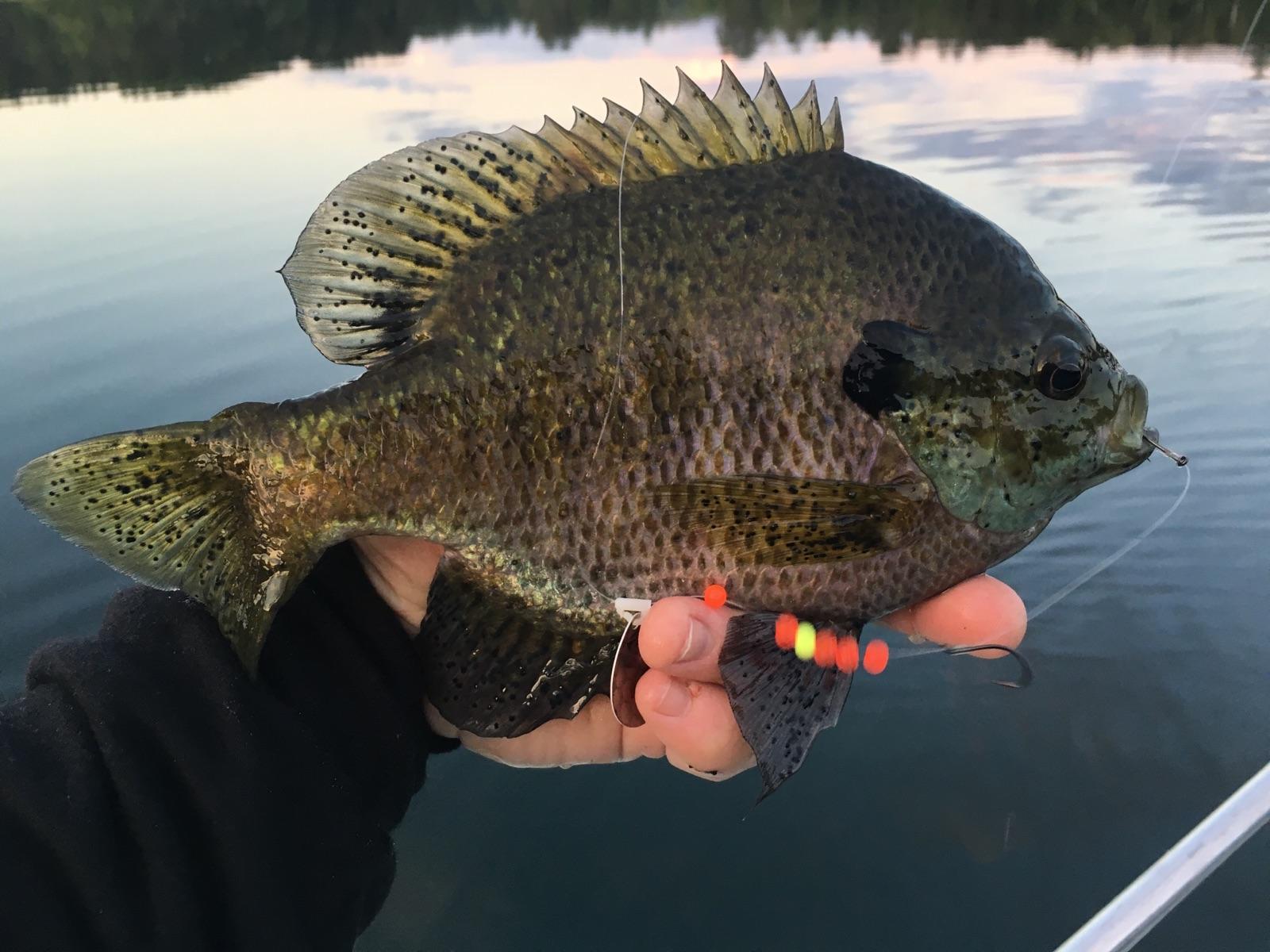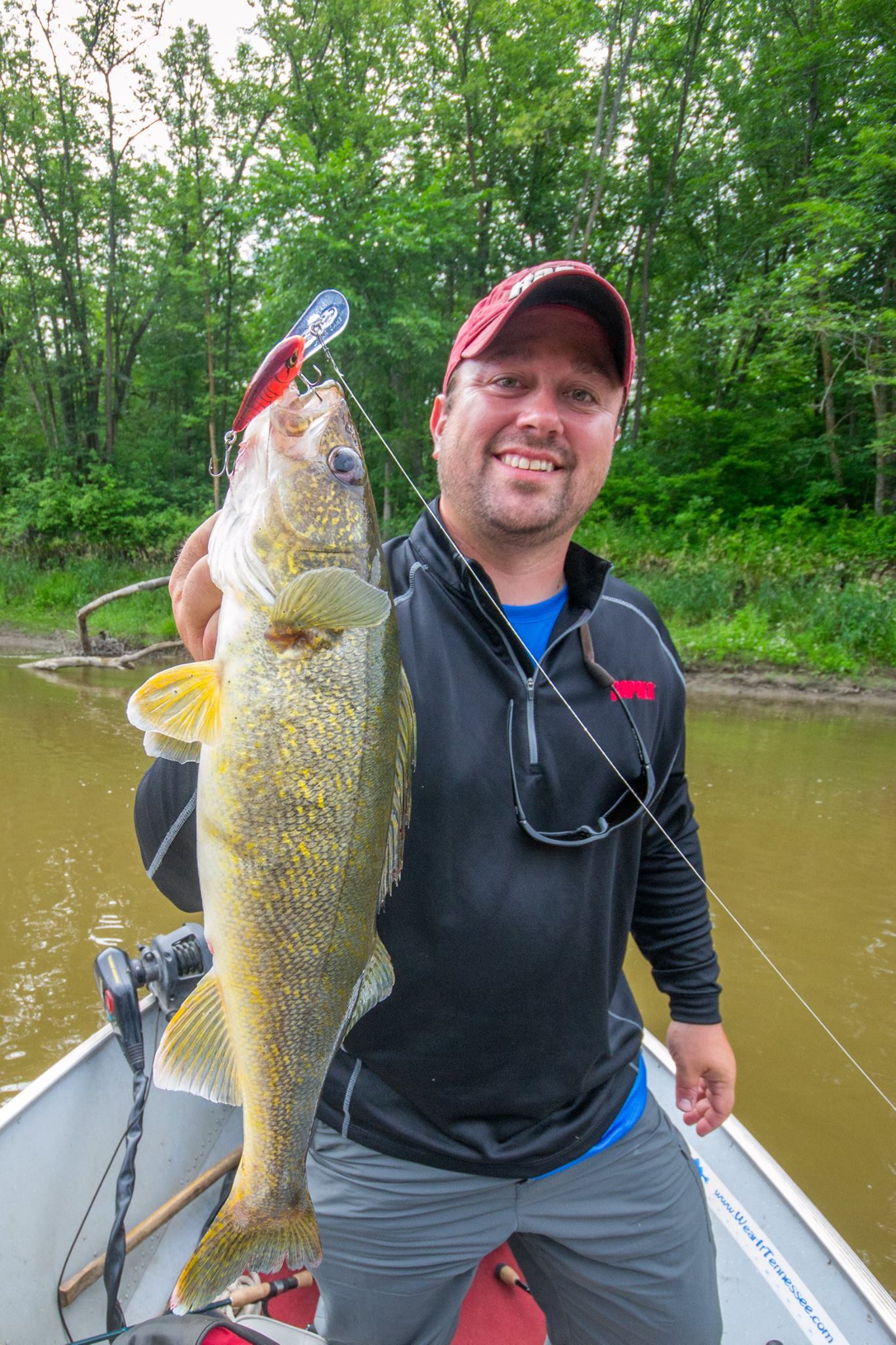Versatility
As much as you may think this is your fish-house first, it’s hard to justify the price of a modern wheelhouse on a Midwestern ice calendar. I’m not selling the wheelhouse short on its ice convenience, as its taken my family fishing to a new level, but even better if you can use it for all seasons. As anglers, hunters, and campers, we tend to view our interests seasonally, and give disproportional credence to the immediate needs of that calendar month. For example, ask me in May about ice-fishing, and I’ll find a way to turn it into a turkey hunting story.
What does that mean for your wheelhouse purchase? It means you need to train your brain to think on the year-round clock. While it may be an ice purchase, modern wheelhouses are very much a 4-season RV, meaning you have to plan for spring, summer, and fall as much as you do winter. With that in mind, make sure your wheelhouse is RVIA certified, which simply means it complies with RV safety standards adopted by law, and also means it jives with their liability insurance. State parks and most private campgrounds require it, as I found out at a private campground full of massive RV’s and 5th-wheel luxury trailers. As nice as my wheelhouse is, they looked down their nose a bit at our “fish-house.” That certification eased their concerns and made our stay easy.
As I’ve come to find, it’s easier to fish out of a camper than camp out of a fish-house. By that I mean it’s easier to swallow any slight fishing inconveniences for 3 months, than it is to do without for 9 months. Of course, if you don’t camp, hunt, or otherwise plan to make use of it for any other reason than fishing, by all means deck it out as a fishing-only wheelhouse. That said, before ownership, I would’ve said my priorities would be 75%/25% fishing over all other seasons, and now I’m 50/50 or even closer to opposite to what I thought when first buying. Keep in mind that your motivating factors may change as well.
Features to Consider
Length and configuration are probably the first fork in the road, so think on this with some detail. Longer is obviously more expensive and heavier, but also offers you the space you’ll likely want when camping with a family or hunting buddies. That said, I own a 21 footer, and when hooked to my truck, the whole works is pretty long. That doesn’t work very well in certain state parks, or even some northwoods campgrounds in tight quarters. Many campsites are modeled for single-unit RVs, and while you can usually find a way to unhook the wheelhouse and back the truck in elsewhere, keep it in mind if you’re looking at a longer model and want to camp in more secluded places.
Over 16 feet or so, and you’re probably looking at a hydraulic lift/drop system. For ice and camping alike, this is a very worthwhile addition. Make sure that the tongue has a hydraulic cylinder as well, so you can backup to it and easily hitch up, as well as drop and unhitch quickly too. Mine runs on a key fob and is as easy as locking or unlocking your truck.
A big configuration concern is whether to go with a drop-down back door, or seal off that back end and add windows and a couch. I’ve ran with both options, and this one really comes down to how much you’ll actually be towing an ATV or snowmobile in that toy-hauler back end. Because I own an ATV, and it can go in ramps up on the truck, I can honestly say that I don’t miss my toy-hauler version save a few large ice-trips where it would be nice to take another sled or perhaps a UTV. To each their own, but I have personally found the more roomy back end and a couch on that end wall to mean more space for fishing and camping.
Water and bathroom are another early consideration with any wheelhouse you’ll buy. A few years in on my end, and I still don’t have a perfect answer. So far, we’ve camped in places that all have good shower facilities, and bathrooms are readily available. More off-grid stuff, and the shower/toilet combo would be a no-brainer. For me, water is really nice to have, and makes your fish-house much more like a camper. In the private campgrounds we’ve been to, full-time water hookups pressurize the system, and especially when paired with an on-site sewer drain, the system is ultra convenient.
Keep in mind, most state parks do not have water hookups or sewer at the campsite. Some don’t have power either, though many do. At which point, you’re filling a small water tank and filling a grey-water/black-water tank that needs to be emptied at some point. If I was looking at camping primarily at state parks, I personally would not opt for a bathroom and water hookup in my fish-house, and just make use of the on-site facilities. You’ll save money and the hassle of having to maintain the system. That said, if you’re like me and doing a mixture of off-grid hunting, private/public campgrounds, and ice-fishing, water and bathroom is worth its weight.
You could always go with the portable dry toilet systems too and forgo the water AND bathroom. They’ve come a long way in terms of both cost and convenience. You can also shrink your bathroom into just a closet and have more storage and shelving for the rest of the house. My dealer tells me that interest in either is still split, and he sells about 50/50 between bathroom and water vs. none.
Once You Buy






